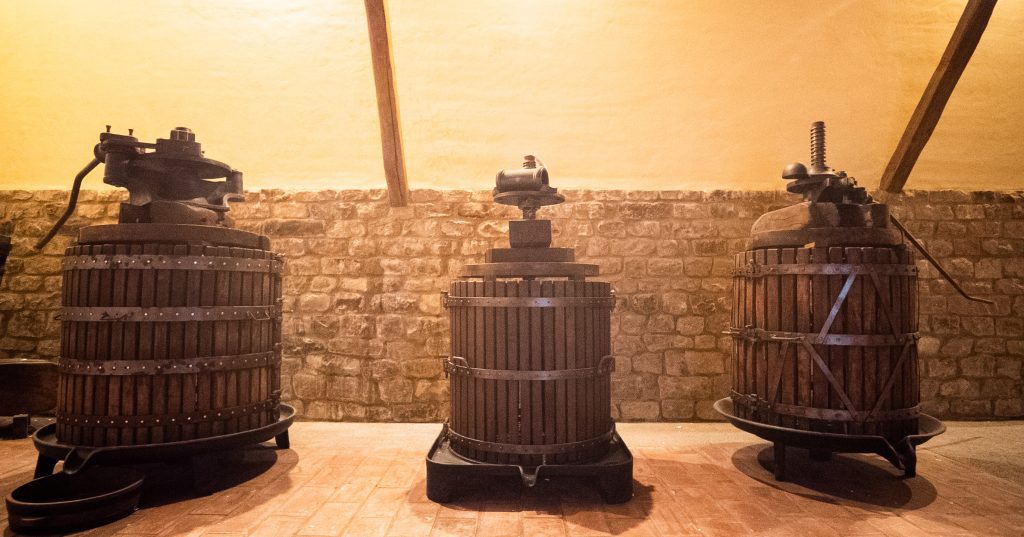In order to learn about any subject, it is essential to know its most common terms. Some time ago we already gave you a preview of the first installment of this dictionary, which we are now continuing. The wine glossary would be enough to write a book, so here we will explain, little by little, some of them so that you know their meaning and you can use them correctly.
A
In order to learn about any subject, it is essential to know its most common terms. Some time ago we already gave you a preview of the first installment of this dictionary, which we are now continuing. The wine glossary would be enough to write a book, so here we will explain, little by little, some of them so that you know their meaning and you can use them correctly.
B
Botrytis cinerea: Also known as gray rot. It is a fungus that infects grapes in certain climates and humidity conditions, dehydrating the fruit, condensing sugar levels and thus increasing its sweetness.
Balsamic: Resinous aroma of woods such as cedar or fir.
C
Canopy: The set of leaves, green parts of the vine.
Chaptalization: Addition of sugar to the must to increase its alcohol content. Common action in cold regions.
D
Staves: Wooden strips that make up the barrels, vats or casks.
Destemming: Action of separating the grapes from their stalks or stems.
E
Veraison: Time of the year when the fruit of the vine changes color and the grape begins to accumulate more sugars.
Stalk: Woody structure of the bunch. Also called scrape.
Crushing: Procedure by which the skin of the grapes is broken, by crushing, to obtain its juice.
F
Phylloxera: Parasitic insect of the vine that caused one of the most devastating plagues suffered by European vineyards in the 19th century. For this reason, the vines are planted with a rootstock on American grapevine, whose roots are immune to phylloxera attack.
Alcoholic fermentation: Process by which yeasts transform the sugar in the must into alcohol and carbon dioxide. Its final result is to convert the must into wine.
H
Herbaceous: With vegetal aromas and flavors. It can have both positive connotations, as when it refers to freshly cut grass, or tomato leaves, but also negative, when it is associated with a certain greenness and astringency, caused by the stalk or / and the seeds of the grape, due to unripe tannins.
L
Yeast: Unicellular fungi responsible for fermentation. They die when they have consumed all the sugar and run out of food, or if the temperature exceeds 30ºC, hence the importance of temperature control during fermentation.
Lees: Sediment left by the wine after fermentation.
M
Malolactic: Fermentation undergone by some wines, generally all reds and some whites, whereby malic acids (astringent and similar to those of a very green apple) are transformed into lactic acids (more pleasant, such as those in yogurt).
Yolk must: First must obtained without the use of the press.
P
Press: Machine used to extract the juice from the grapes.
Persistence: Duration of the sensations produced by a wine, generally in the mouth. The longer it lasts, the higher the quality of the wine.
R
Stalk: woody structure of the bunch. Also called escobajo.
Round: Balanced wine, showing harmony among all its components.
T
Tinaja: Earthenware vessel used for fermenting, aging or simply storing wine.hopper: Container in which the grapes are received in the winery, after the harvest, to fall, through it, in the crusher or destemmer depending on the process followed in the winemaking process.
V
Vanilla: Spicy aroma contributed by the new oak during aging. Particularly linked to American oak.
Varietal: Wine made from a single grape variety, or a very high percentage of the same.
Y
Bud: undeveloped shoot of the vine shoot.
Iodized: Aroma and flavor of some wines aged near the sea. Typical in Andalusian fortified wines.
Z
Scion: Green part of the vine consisting of a twig that tends to curl up to help the plant climb.
We hope that we have helped you to know a little better this world that we are passionate about and that you have discovered terms that you did not know. We will try to add new words in the future, in the meantime, you can add those you consider more relevant, curious or unknown in the comments of this text. Cheers!




